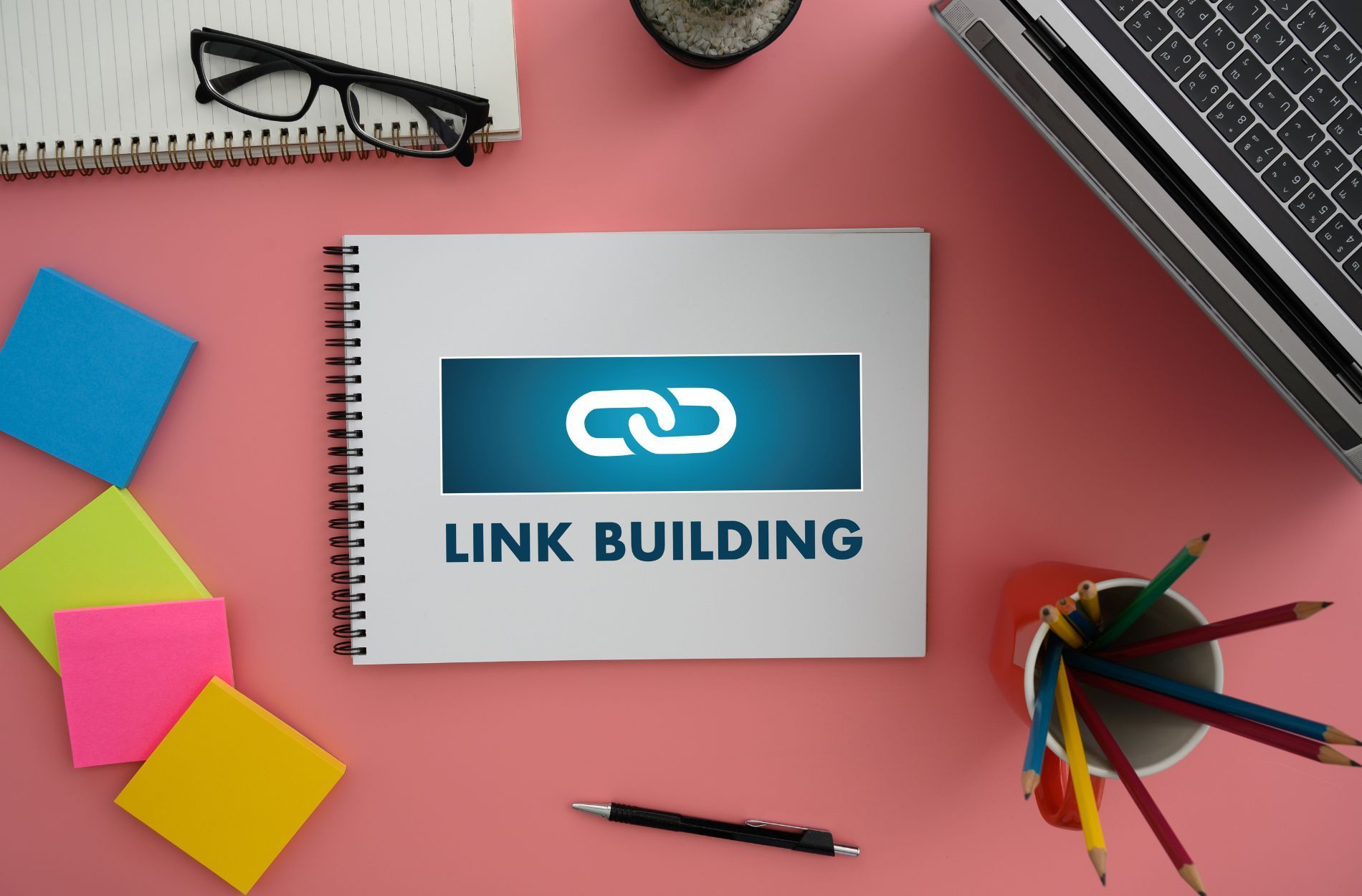Organic vs. Non-Organic Traffic: What You Need to Know
Search Engine Optimisation (SEO) is a commonly used method of increasing a website or blog's visibility on the web. It involves various techniques that help improve the website's ranking in Search Engine Result Pages (SERPs).
However, it is imperative to understand the difference between organic and non-organic traffic to optimise a website and utilise the power of SEO, especially in this day and age.
What Is Organic Traffic?
Organic traffic is the web traffic from visitors who arrive at your website from unpaid or free search engine results. It is estimated that organic search accounts for anywhere from 50% to 60% of all the website traffic that websites generate.
Imagine it as the lifeblood of any website – the only way to naturally generate returning visitors is through organic search engine results. Building quality backlinks and creating content people want to read is vital for organic traffic. Additionally, you'll need to ensure that your website is optimised correctly and indexed by search engines to appear in the top search results.
What Is Non-Organic Traffic?
This traffic is generated from sources outside of search engine algorithms. Online traffic is not generated from search engines like Google, Bing, or Yahoo. Instead, non-organic traffic comes from other sources like paid ads, display ads, affiliate links, referral traffic, or any other traffic source not directly initiated by someone performing a search on a search engine.
Search engine algorithms are constantly evolving, while SEO has become increasingly important. While organic traffic can be achieved through SEO tactics, non-organic traffic should also be noticed. It represents a key component of an online business' overall online presence.
Which Is Better?
When it comes to organic traffic, the quality is generally much higher. Since people have to find you through search engine algorithms and other organic methods, it can mean that they are interested in that topic or find answers to specific questions. As a website owner, this can be a great way to get people to your website since they already have an interest in the subject.
Non-organic traffic, on the other hand, is much more varied. A website owner might pay for pay-per-click and banner ads or even invest in third-party sites like Reddit or YouTube to get more eyeballs on their content.
The downside of non-organic traffic is that these visitors may be less interested in your website's content. This comes from the fact the website owner has paid for those visitors instead of web content quality. If a website is paying visitors, many people are not interested in the website's product or service.
Conclusion
Organic and non-organic traffic can benefit any website if you understand the differences and how to use each appropriately. Generally, it's recommended that most of the traffic comes from organic sources, as this traffic is likely to engage with your website and convert into customers. However, you can also make a case for non-organic traffic, such as generating initial interest in your website or for more niche websites that want to increase their overall traffic numbers.
Market Grab is dedicated to helping businesses grow and succeed through effective digital marketing strategies. Our digital marketing agency provides users with a wide range of tools and resources to create and manage digital campaigns, track performance, and measure ROI. Ask about our traffic generation solutions today!










